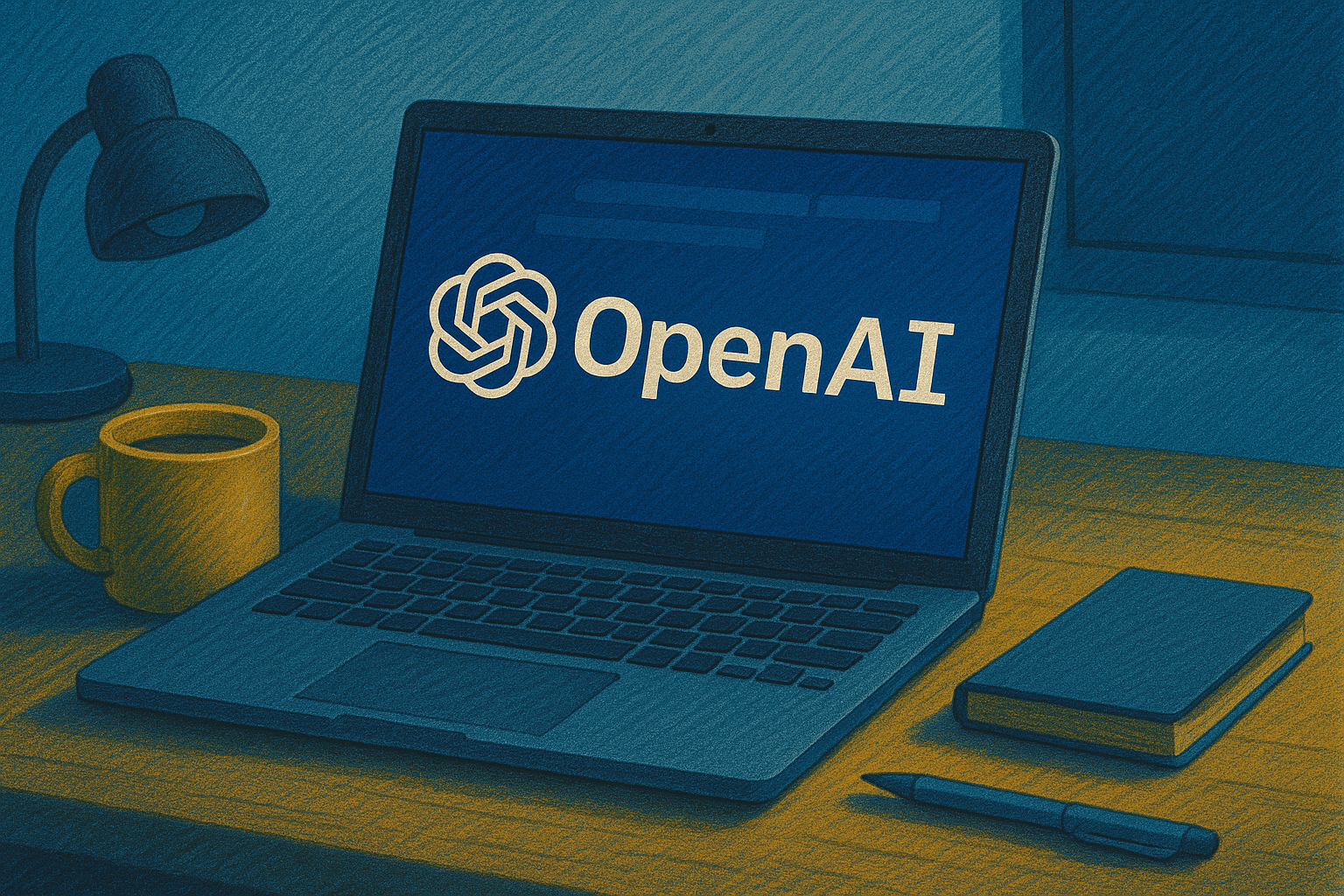The UK Government, alongside devolved administrations, has announced a significant expansion of the UK Emissions Trading Scheme (ETS) to incorporate engineered greenhouse gas removals (GGRs) by the end of 2029, following the necessary legislation by 2028. This initiative, outlined in the Main Government Response to the 2024 consultation, aims to bolster the nation’s net zero commitments by allowing hard-to-abate sectors to offset residual emissions within a stringent compliance framework.
The phased integration will replace emissions allowances with GGRs on a one-for-one basis while preserving the existing cap to maintain market stability. GGR projects must meet a 200-year minimum storage requirement, with liability and buffer-pool mechanisms ensuring long-term carbon permanence. Although the inclusion of woodland-based removals remains under review, the Authority has acknowledged new evidence supporting their potential integration.
To uphold environmental integrity and market confidence, the Authority will maintain the gross cap during initial integration. For every GGR allowance added, one emissions allowance (UKA) will be removed, ensuring the overall supply remains unchanged and continues to incentivise decarbonisation. A shift to a net cap, allowing unlimited removals above a tightened emissions cap, may be considered in the long term once the GGR market matures.
The ETS will align with the UK GGR Standard, requiring all allowances to be issued ex-post, only after verified carbon sequestration. Only UK-based GGRs will be eligible initially, with future consideration for removals from other jurisdictions. The Authority supports differentiating GGR allowances from emissions allowances, which could enhance price discovery and transparency.
To support market access, the Authority plans to facilitate auctions for GGR allowances, exploring options like Product Mix Auctions to manage potential liquidity challenges. While there is strong interest in including UK woodland-based removals, no decision has been made yet. Stakeholders have expressed concerns over permanence and price impacts, but new evidence suggests a strong case for woodland integration, particularly under the Woodland Carbon Code.
The next phase involves a technical consultation to refine implementation details such as buffer pool contribution rates, auction structures, and differentiated allowance rules. These inputs will shape the path to integration while safeguarding the UK ETS’s market integrity and environmental ambition.
Read the Emissions Trading Scheme [here](https://assets.publishing.service.gov.uk/media/687f61598adf4250705c9765/uk-ets-ggrs-main-response.pdf).




